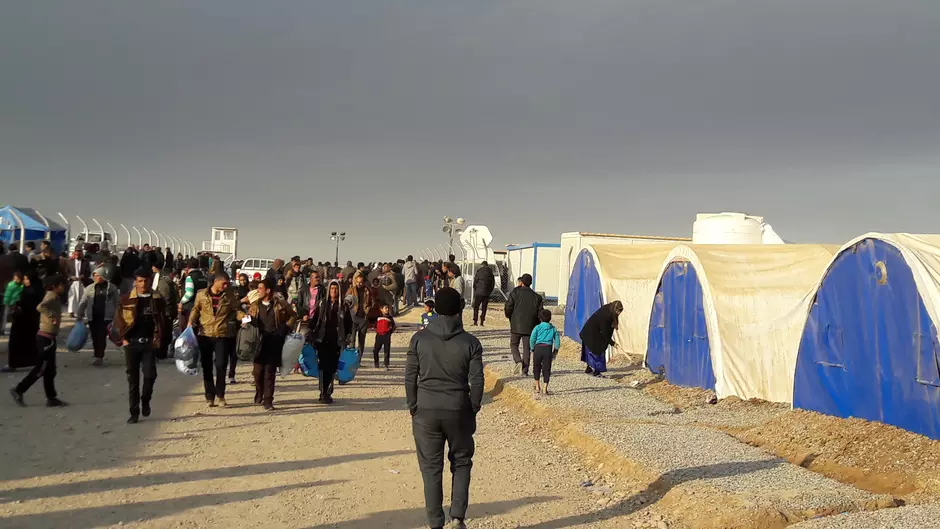The United Nations Refugee Agency estimates the number of forcibly displaced people has increased from 22.7 million people in 1996 to 67.7 million people in 2016 (1). Internally displaced people and refugee families live together in crowded makeshift homes, without access to proper water, sanitation and hygiene (WASH) (2). As a result, forcibly displaced populations are often affected by infectious diseases such as acute respiratory infections, diarrhea, measles, and malaria (3). Such humanitarian crises also disrupt local healthcare systems and routine public health measures (4). A recent study by Desai et al. has described the range of pathogens affecting forcibly displaced populations over time. They conducted a retrospective analysis of the disease monitoring system ProMED to identify reports of outbreaks involving forcibly displaced populations between 1996 and 2016 (1).
Between 1996 and 2016, a total of 128 independent outbreak events involving forcibly displaced populations were identified. Over 840,000 confirmed or suspected cases of infectious diseases were reported in 48 destination countries/territories. The most common disease outbreaks involved cholera (34 outbreak events), cutaneous leishmaniasis (6 outbreaks), dengue (5 outbreaks), hepatitis E (8 outbreaks), measles (21 outbreaks) and poliomyelitis (7 outbreaks) (1).

The majority of outbreaks over the study period involving displaced populations were reported in Africa (52%; 67 reports). On a country level, Kenya experienced the most distinct outbreaks (n = 13) reported to ProMED, followed by Uganda (n = 12). The largest number of outbreaks of vaccine-preventable diseases was also noted in Kenya (n = 7), including four outbreaks due to poliomyelitis and two measles outbreaks. During the study period, Kenya was home to at least four of the largest refugee camps in the world, which may account for the number of outbreaks reported in the country (1).
Amidst the COVID-19 pandemic, the International Rescue Committee (IRC) has reported an increase in malaria and cholera cases among displaced populations compared to previous years due in part to pandemic-related disruptions severely impeding disease diagnosis and treatment (2). Mesfin Teklu Tessema, Senior Director of Health at the IRC, said, “The COVID-19 pandemic has caused more strain on the existing health system for those most vulnerable, and now these other disease outbreaks are worsening the situation amidst a scarcity in health personnel and supplies” (2). Furthermore, in some countries in Africa, a fear of exposure to COVID-19 has prevented parents from taking their children to hospital, delaying diagnosis and treatment of malaria and other diseases (2).
It is important to emphasize, especially in the time of COVID-19, the need to prevent and rapidly control disease outbreaks affecting these most vulnerable populations. Public health investment in WASH programs, adequate healthcare and infection control are pivotal steps to preempt disease outbreaks among displaced populations, while vigilant cross-border surveillance and communication enable prompt detection and rapid control of emerging threats (1).
REFERENCES
1. Desai AN, Ramatowski JW, Marano N, Madoff LC, Lassmann B. Infectious disease outbreaks among forcibly displaced persons: An analysis of ProMED reports 1996-2016. Confl Health. 2020;14(1):1–10.
2. IRC. Deadly malaria and cholera outbreaks grow amongst refugees as COVID pandemic strains health systems, warns IRC (September 22, 2020). 2020.
3. Dubray C, Guha-Sapir D. Health in Humanitarian Emergencies. Cambridge University Press.; 2018.
4. MacPherson D, Gushulak B, Macdonald L. Health and foreign policy: influences of migration and population mobility. Bull World Heal Organ. 2007;85(3):200–6.

